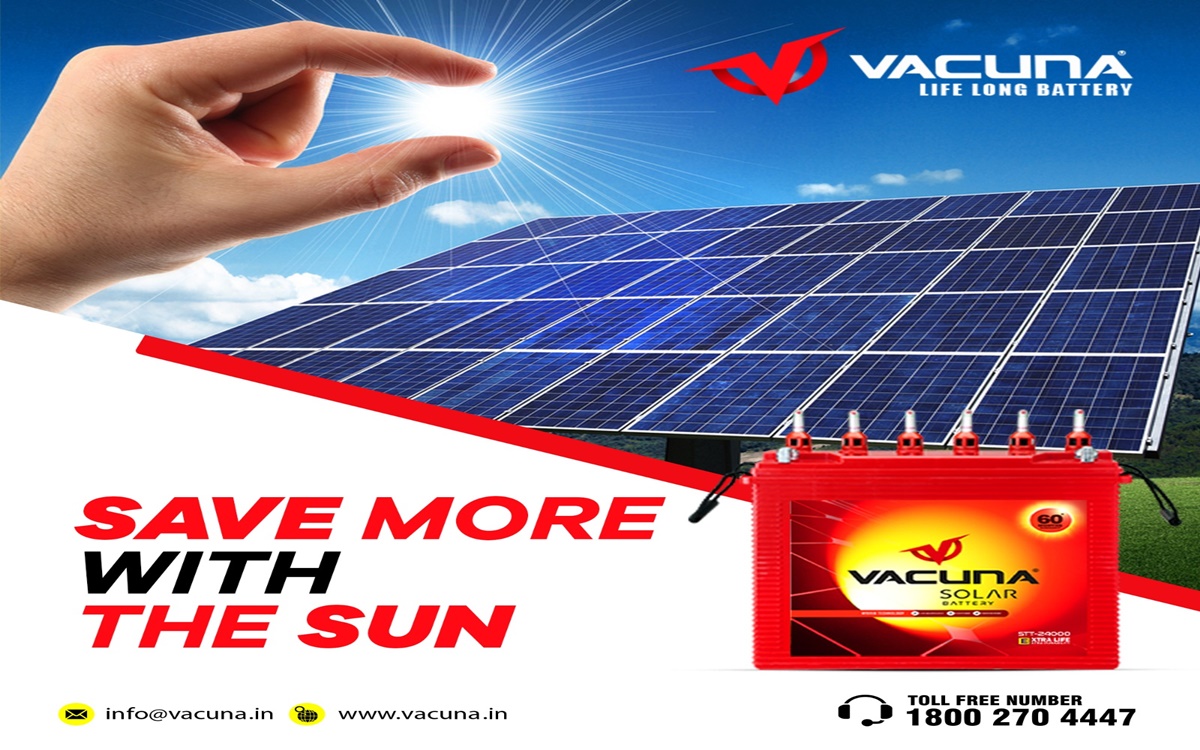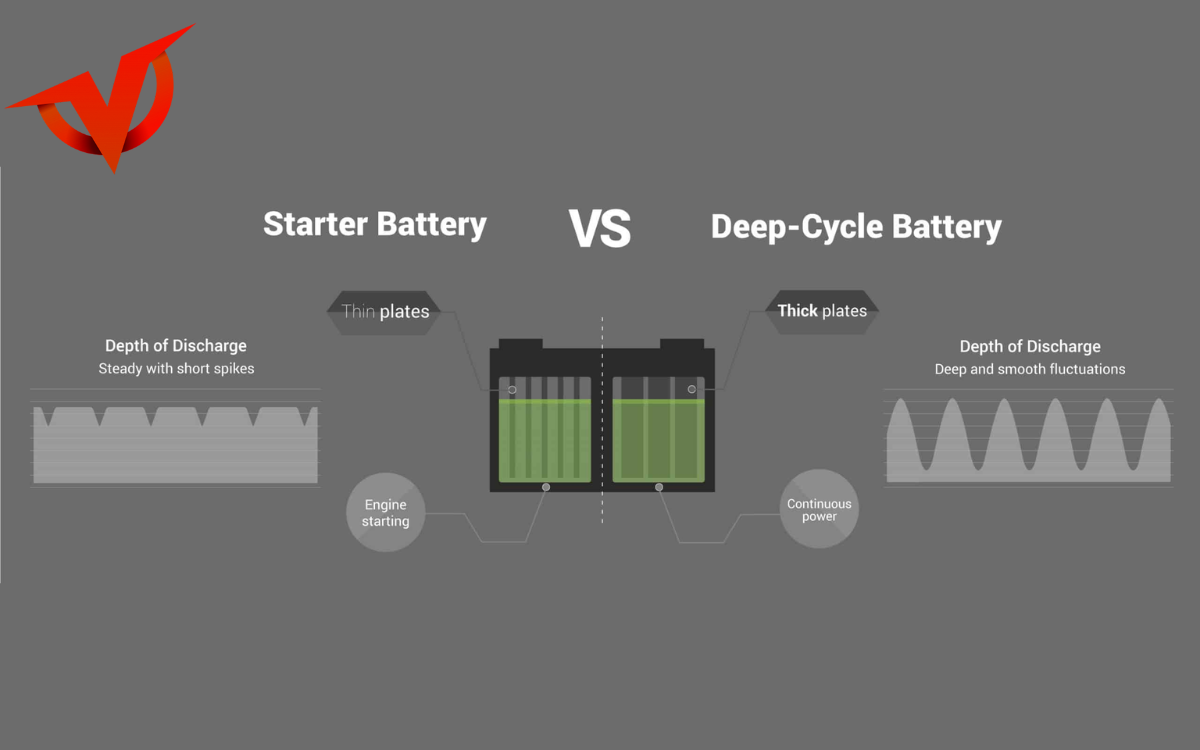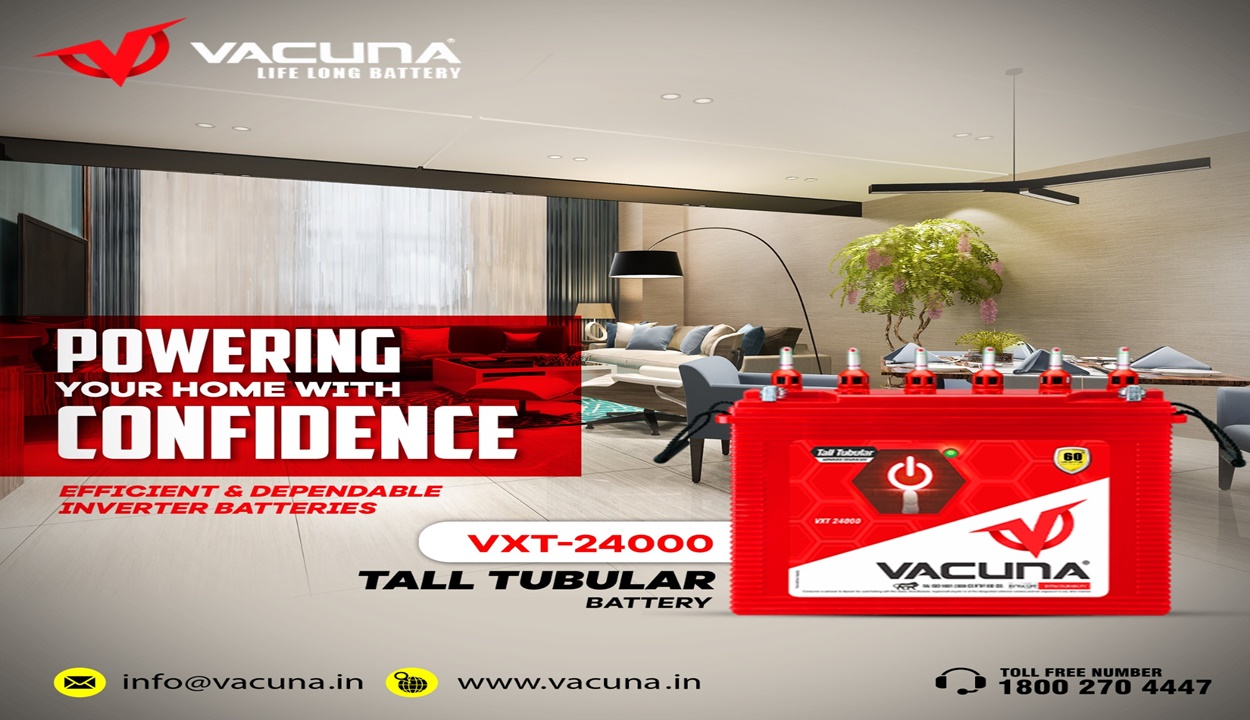Potential of Solar Energy
As the world embraces sustainable energy alternatives, solar power emerges as a prominent player in the renewable energy landscape. Solar panels offer an eco-friendly and cost-effective way to generate electricity, reducing our reliance on traditional energy sources. This blog is a roadmap to extract the utmost value from your solar investment, ensuring you make the most of this abundant and renewable energy source.
Choosing the Right Solar System
The foundation of a successful solar investment lies in selecting the right system tailored to your needs:
1. Evaluating Your Energy Needs:
Before embarking on your solar journey, assess your energy consumption patterns. Understanding your monthly energy requirements helps determine the appropriate size of your solar system, ensuring it meets your demands.
2. Panel Types and Efficiency:
The efficiency of solar panels has evolved with technological advancements. Consider monocrystalline, polycrystalline and thin-film panels based on your location and budget. Monocrystalline panels, for instance, offer higher efficiency and space-saving benefits, ideal for smaller roof spaces.
3. Inverter Options:
Inverters are crucial for converting DC solar power into usable AC electricity. Different types, such as string inverters, microinverters and power optimizers, offer varying benefits. Microinverters, for instance, maximise energy output by individually optimising each panel’s performance, minimising the impact of shading.

Optimising Solar Panel Placement
Strategic placement of your solar panels directly impacts their efficiency:
1. Assessing Sunlight Exposure:
The orientation of your panels significantly affects energy production. South-facing roofs typically receive the most sunlight throughout the day, maximising energy yield.
2. Adapting to Seasons:
Adjusting the tilt of your panels to match the sun’s angle during different seasons enhances energy capture. Tilt adjustments ensure optimal sunlight absorption, particularly in areas with varying seasons.
3. Overcoming Shading Challenges:
Shading from trees, buildings or other obstructions can diminish energy output. Conduct a shading analysis before installation and trim vegetation to prevent potential shading issues.
Now, after knowing about some of the main points to keep in mind while choosing the right solar power system and optimising panels placement, we should know about how to maintain it in order to get the best out of it:
Maintaining the Solar Power System:
Maintaining your solar system includes minimal care of solar panels and maintaining solar battery (if you’re opting it):
Proper maintenance enhances the performance and longevity of your solar panels and it maintenance includes:
1. Regular Cleaning:
Routine cleaning prevents dirt and bird droppings from obstructing sunlight. A clean surface optimises energy production, leading to higher yields.
2. Energy Production Monitoring:
Stay vigilant by utilising the monitoring tools provided by your system’s manufacturer. Address any performance declines promptly to maintain optimal energy output.
3. Seasonal Inspection:
Perform thorough inspections of your solar panels at the change of seasons. Different weather conditions can lead to the accumulation of dirt or other materials like fallen leaves or snow, which may hinder their efficiency. Regularly clearing away these obstructions ensures optimal sunlight exposure and energy production.
4. Trim Surrounding Vegetation:
If there are trees or plants near your solar panels, make sure to trim and maintain them regularly. Overgrown vegetation can cast shadows on the panels, reducing their effectiveness. Keeping the area around the panels clear helps maximise their exposure to sunlight.
5. Troubleshooting and Professional Help:
If you notice a significant drop in energy production, check and resolve the issue promptly. For complex problems, seek professional assistance to ensure swift and accurate solutions.
So, these are points you need to take care while maintaining solar panels.
Moreover, maintaining solar batteries ensures peak performance and durability. Make sure that you regularly monitor charge levels, maintain suitable temperatures and follow manufacturer guidelines for charging cycles. This approach guarantees efficient energy storage and extends the battery’s overall lifespan.
Unleashing the Power of Battery Storage
Equipping your solar system with solar batteries can offer several advantages that enhance the efficiency, reliability and cost-effectiveness of your renewable energy setup.
Here are key points highlighting the advantages:
1. Backup Power:
Solar batteries ensure a continuous power supply during grid outages or low sunlight, maintaining essential functions.
2. Maximised Usage:
Excess solar energy is stored, boosting self-consumption and reducing reliance on external power sources.
3. Grid Independence:
Reduced dependence on the grid enhances energy security and stability, particularly in remote areas or during emergencies.
4. Cost Savings:
Time-of-use optimization lets you store cheap energy for peak demand, resulting in lower overall electricity expenses.
5. Environmental Benefits:
By storing solar energy, reliance on polluting fossil fuels decreases, contributing to a cleaner and more sustainable environment.
In conclusion, this blog discusses the key points to maximise your solar investment and get the best out of it. Make sure you choose your solar battery system accordingly and shift towards a sustainable power source with immediate effect.
Follow Us:



